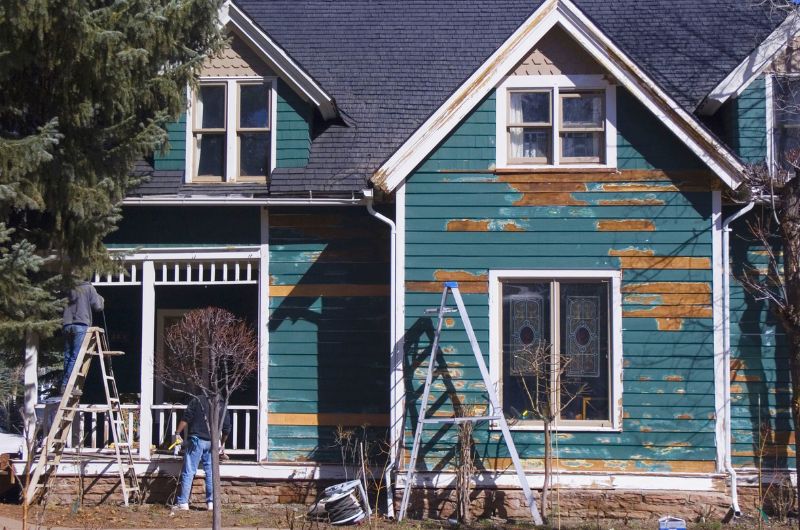
In the world of real estate investment, navigating various terminologies can often seem daunting, with one key term being the After Repair Value. This fundamental concept can make or break an investment deal, determining a rehabilitated property’s potential profit or loss.
Understanding and calculating After Repair Value, or ARV, is pivotal to making informed and lucrative investment choices. This guide aims to demystify ARV, providing a comprehensive overview of its calculation and significance in real estate investment.
What Is ARV and Why Is It Important?
ARV is a critical metric that guides investors in making strategic decisions. This metric can help investors determine how much to pay for a distressed property, how much to invest in renovations, and at what price to sell the rehabilitated property.
You can calculate the ARV by comparing the property in question to similar, recently sold properties in the same locality that were in top condition at the time of sale. Understanding ARV allows investors to anticipate their potential return on investment and set realistic budgets.
Factors That Impact ARV
A host of factors significantly influences a property’s ARV, the foremost being location. A property nestled in a desirable neighborhood with good schools, healthcare facilities, shopping centers, and other amenities nearby will inevitably have a higher ARV.
The property’s current condition is another determinant of its ARV. A property requiring extensive repairs typically has a lower starting ARV, though strategic, high-quality renovations can substantially increase this value.
Amenities, both within the property and the surrounding area, also play a crucial role. A home with modern, energy-efficient appliances and spacious front and backyards, or access to public parks and pools, will generally command a higher ARV.
Calculating the Estimated Cost of Repairs To Increase ARV
Calculating the estimated cost of repairs is an integral step in determining ARV. It involves conducting a thorough inspection of the property to assess the extent of needed repairs, renovations, or upgrades.
Every aspect requires careful consideration, from structural issues such as foundation faults, roofing problems, and faulty plumbing or electrical systems to cosmetic updates like painting, flooring, or landscaping. These estimates should also account for unexpected costs that might arise during the renovation process. Investors should add 10-20% to the initial repair estimate to cover these unforeseen expenses.
Understanding the Cost vs Value Ratio When Making Upgrades
The cost versus value ratio refers to the relationship between the cost of a renovation and the value it adds to the property. Not all renovations are the same—some upgrades may cost more but add relatively little to the property’s value, while others may be relatively inexpensive and significantly boost the ARV.
For instance, installing a high-end, gourmet kitchen in a mid-range neighborhood might not yield the expected return on investment, as the market might not support such a luxury upgrade. Conversely, minor cosmetic enhancements like fresh paint, new fixtures, or updated landscaping can provide substantial returns relative to cost.
Let Excalibur Homes put you in touch with quality properties you can choose to improve on to maximize your returns, now that you understand and can calculate After Repair Value, or ARV. As a rental property management company, we have access to high-quality properties in the area and can make management a breeze, so you can focus on making investments and diversifying your portfolio.

